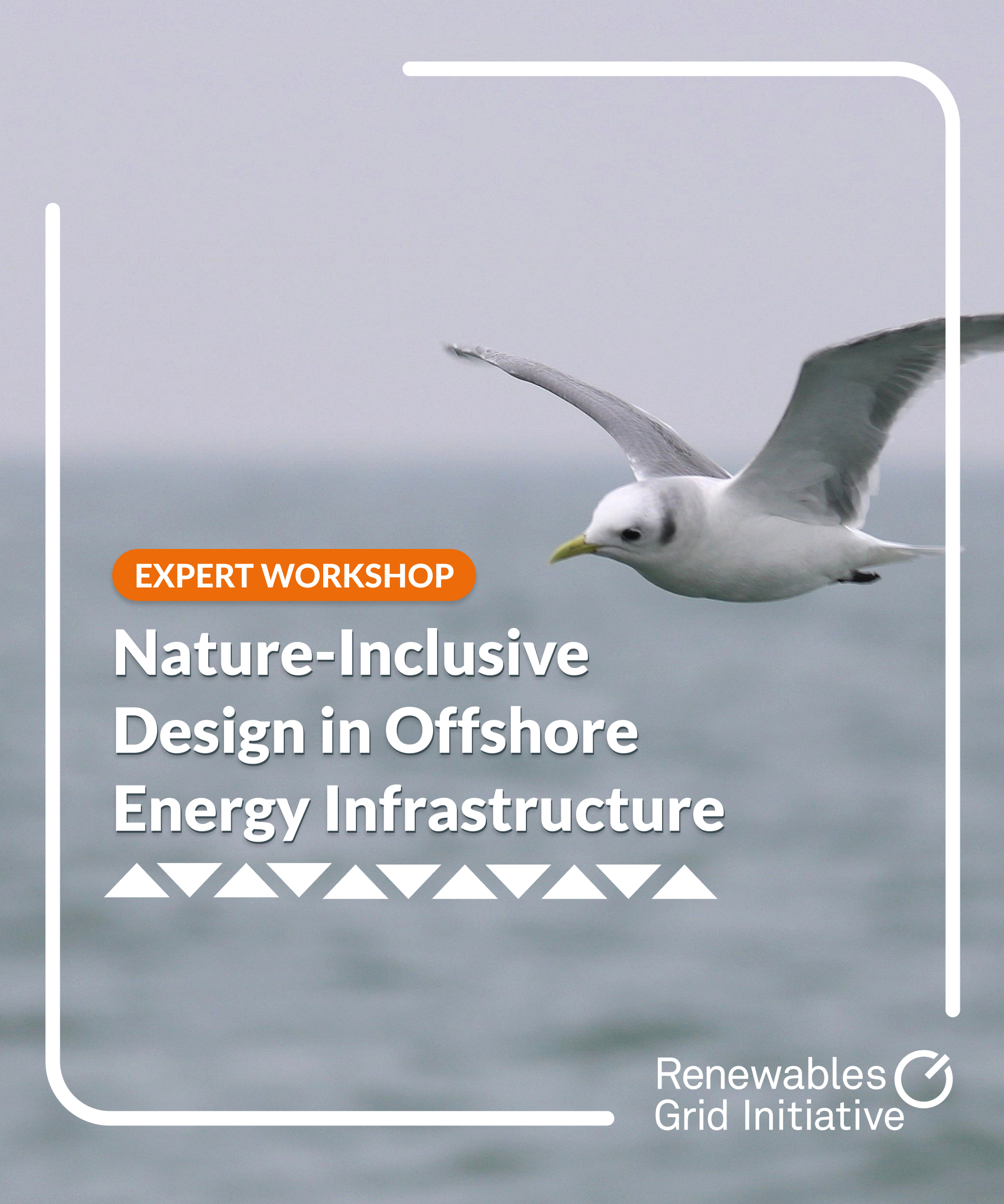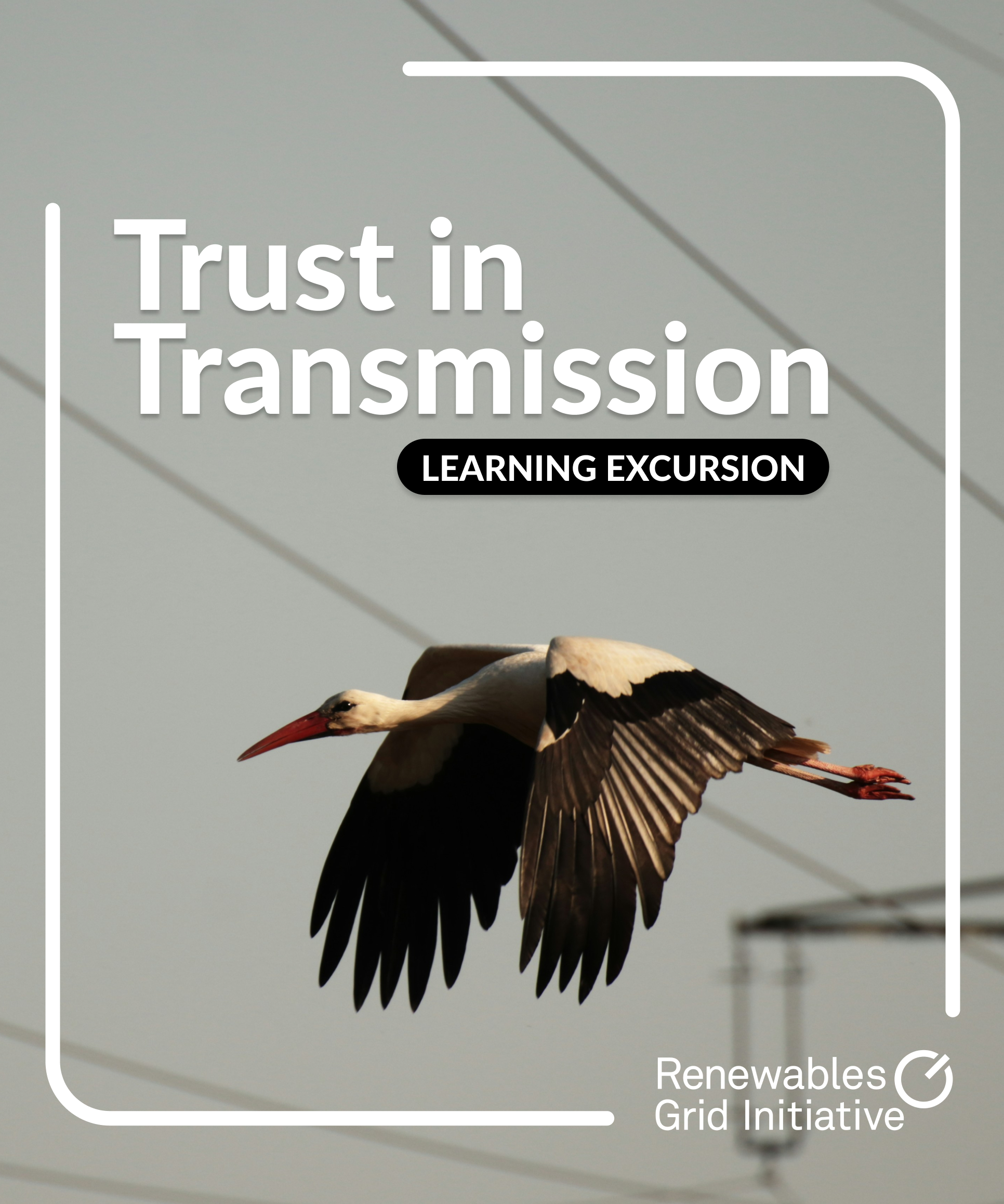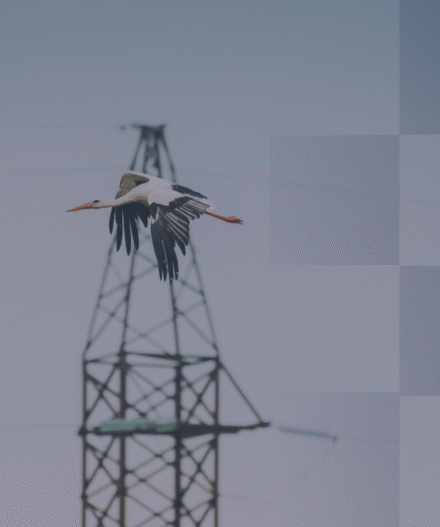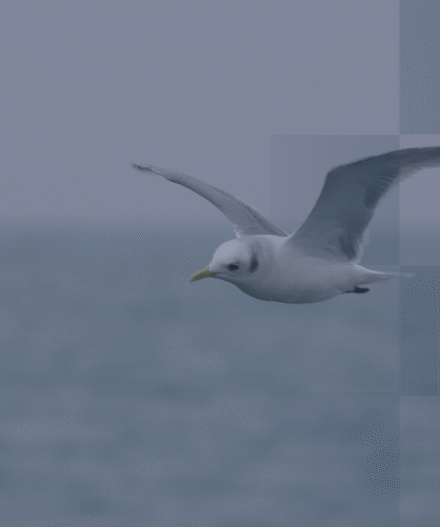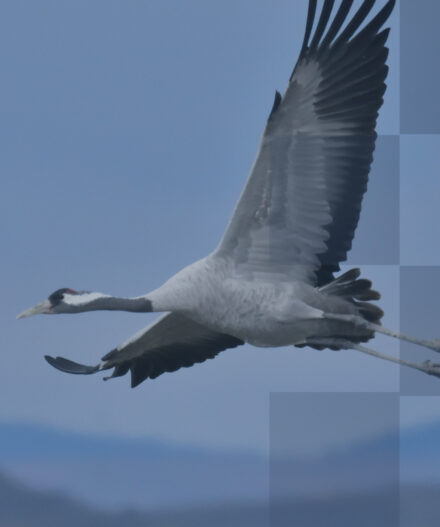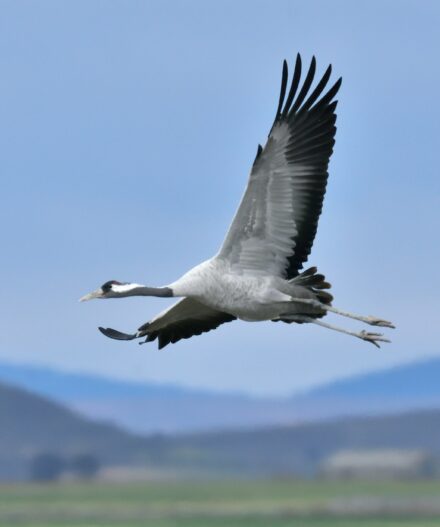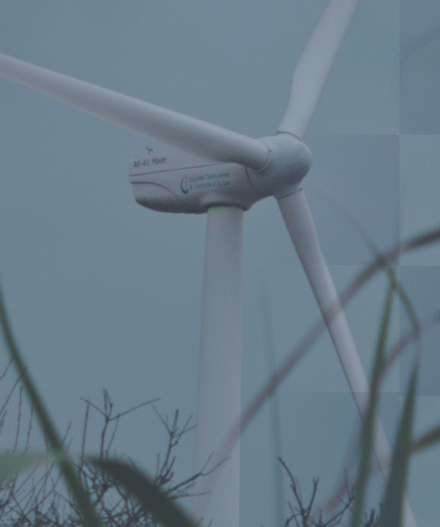
Webinar
Bird’s Eye View: Ornithology for a nature-friendly energy transition
Organised by: Renewables Grid Initiative and the Energy Task Force of the Convention on Migratory Species
For this Energy & Nature webinar, we explored the overlap of ornithology and implementation of a bird-friendly energy transition, with a focus on bird collision around powerlines.
Webinar Overview
It is well documented that some bird species are subject to a mortality risk from collision with renewable energy infrastructure, including wind turbines and power lines. However, risk is not evenly distributed among all bird species, and the severity of the risk varies widely due to factors such as species-specific characteristics (morphology, behaviour), topography, climate and infrastructure types. In recent years, research into the sensory ecology of birds has brought to light important insights into how birds perceive the world and how this influences collision risk. Such research has important implications planning infrastructure to prevent collision risk and designing effective mitigation. Furthermore, collaboration between the scientific community, civil society and industry can be a key lever to safeguard sensitive avian populations.
In this joint webinar, organised by the Renewables Grid Initiative (RGI) and the Energy Task Force of the Convention on Migratory Species (convened by BirdLife International), we took a deep dive into the science of avian morphology and its relevance for mitigation of collision risk with power lines, as well as the role academia and civil society can play in supporting a nature-friendly energy transition. On Thursday 27th June 2024, 14:00 – 15:30 CEST we entered into a discussion with experts on the state-of-the-art scientific knowledge and technological innovations.
Speakers included:
Professor Graham Martin
Emeritus Professor, Avian Sensory Science – University of Birmingham: Graham is an ornithologist with an international reputation built upon his research into the sensory worlds of birds. Parts of his research focus on why some bird species are particularly vulnerable to collisions with human artefacts, such as wind turbines, power lines and fishing nets. His work brings key insights for the design of collision-mitigation measures.
Christin Osadnik
Nature Conservation Officer at Amprion (German TSO): Christin will discuss how grid operators take account of scientific knowledge on bird perception to inform their strategies to mitigate the risk of bird collision around power lines, and what other factors are important.
Francisco Moreira
Principal researcher at Portuguese Biodiversity Research Centre (CIBIO) and chair holder of the REN Invited Research Chair in Biodiversity: Francisco leads a scientific research programme and knowledge transfer centre between the University of Porto and the Portuguese TSO, REN, on biodiversity impacts caused by electric grids, evaluation of the effectiveness of mitigation and compensatory measures, and the identification of good management practices that maximise potential positive impacts.
The webinar was moderated by Liam Innis, Senior Manager – Energy Ecosystems at RGI. Liam will present RGI’s upcoming global overview of research into the effectiveness of wire markers. Rhiannon Niven, Global Climate Change Policy Coordinator & Energy Task Force (ETF) Coordinator also presented the work of the ETF.
Webinar Videos
Webinar Presentations
contact
Manon Thiel
manon[at]renewables-grid.euManager – Energy and Nature


Funded by the European Union. Views and opinions expressed are however those of the author only and do not necessarily reflect those of the EU or LIFE Programme. Neither the EU nor the granting authority can be held responsible for them.


